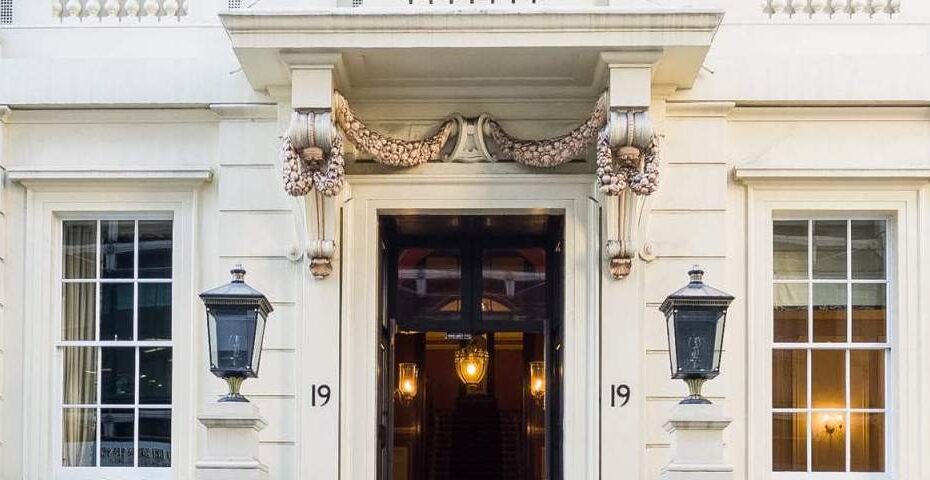19 Old Broad Street, EC2
Built: 1833-34
Architect: Philip Hardwick (extensive interior renovation by Max Gordon)
Location: Old Broad Street
Listing: Grade II* (1974)
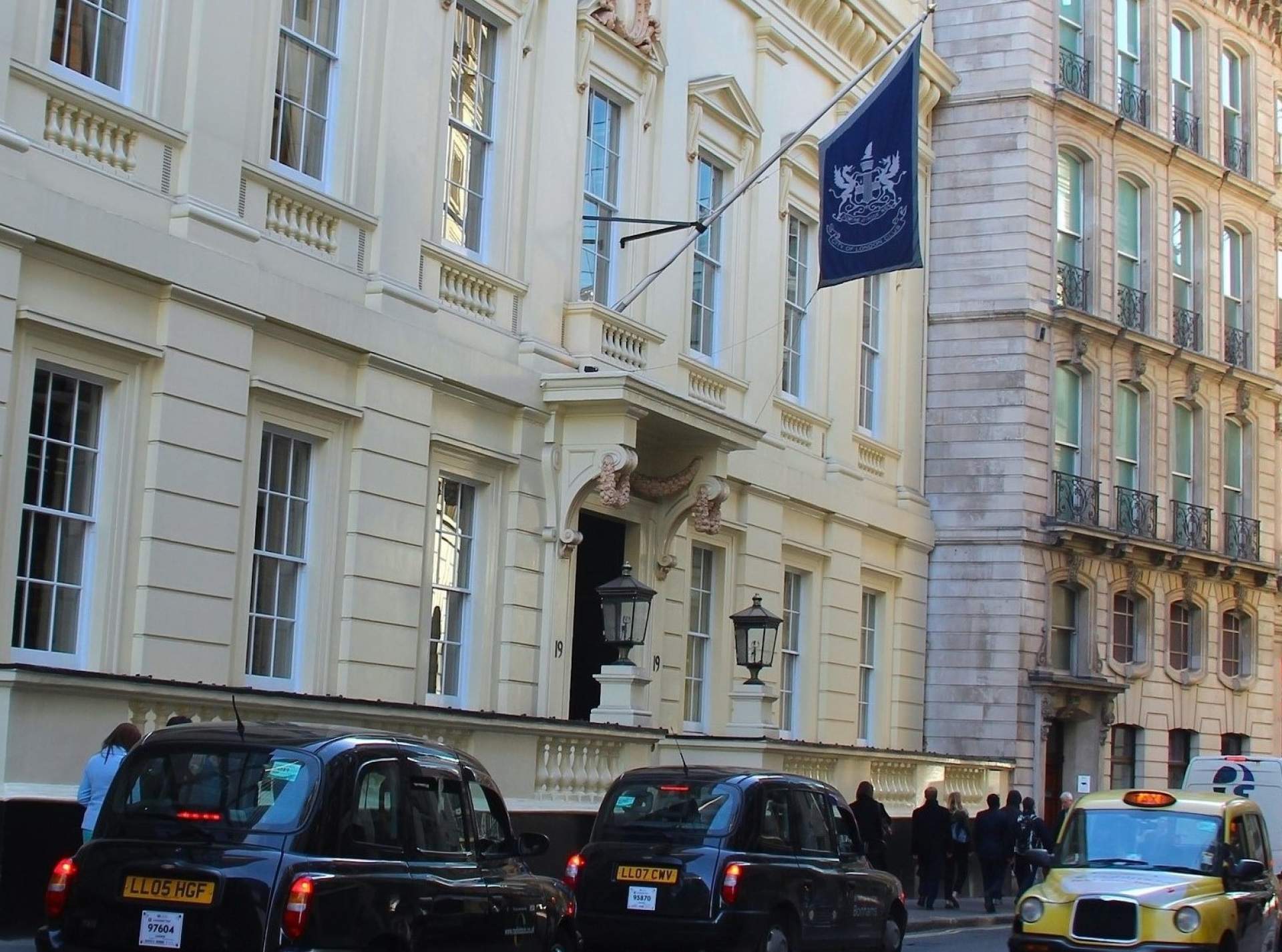
Unlike the City of Westminster, the City of London can boast only a limited number of private members clubs of the traditional sort. The only one to survive in its original form and remain in historic premises is the prominent and exclusive City of London Club.
The main Old Broad Street façade is composed of seven bays over two, rather tall, storeys plus a blind attic storey. The finish is in painted plaster, which is characteristic of its ‘Regency’ era. The relatively simple ground floor, with its banded rustication, is enlivened by a balustraded parapet and the central entrance’s surround. The latter sports two scrolled brackets supporting a cornice, with swags below the brackets and across the top of the doorcase. The piano nobile effect on the second storey is created by rather standard aediculation of the windows with alternating triangular and segmental pediments and a Tuscan order of eight pilasters. The main portion of the façade terminates in a bracketed cornice above which the attic storey features shortened pilasters and raised panels. The overall effect is one of dignified elegance.
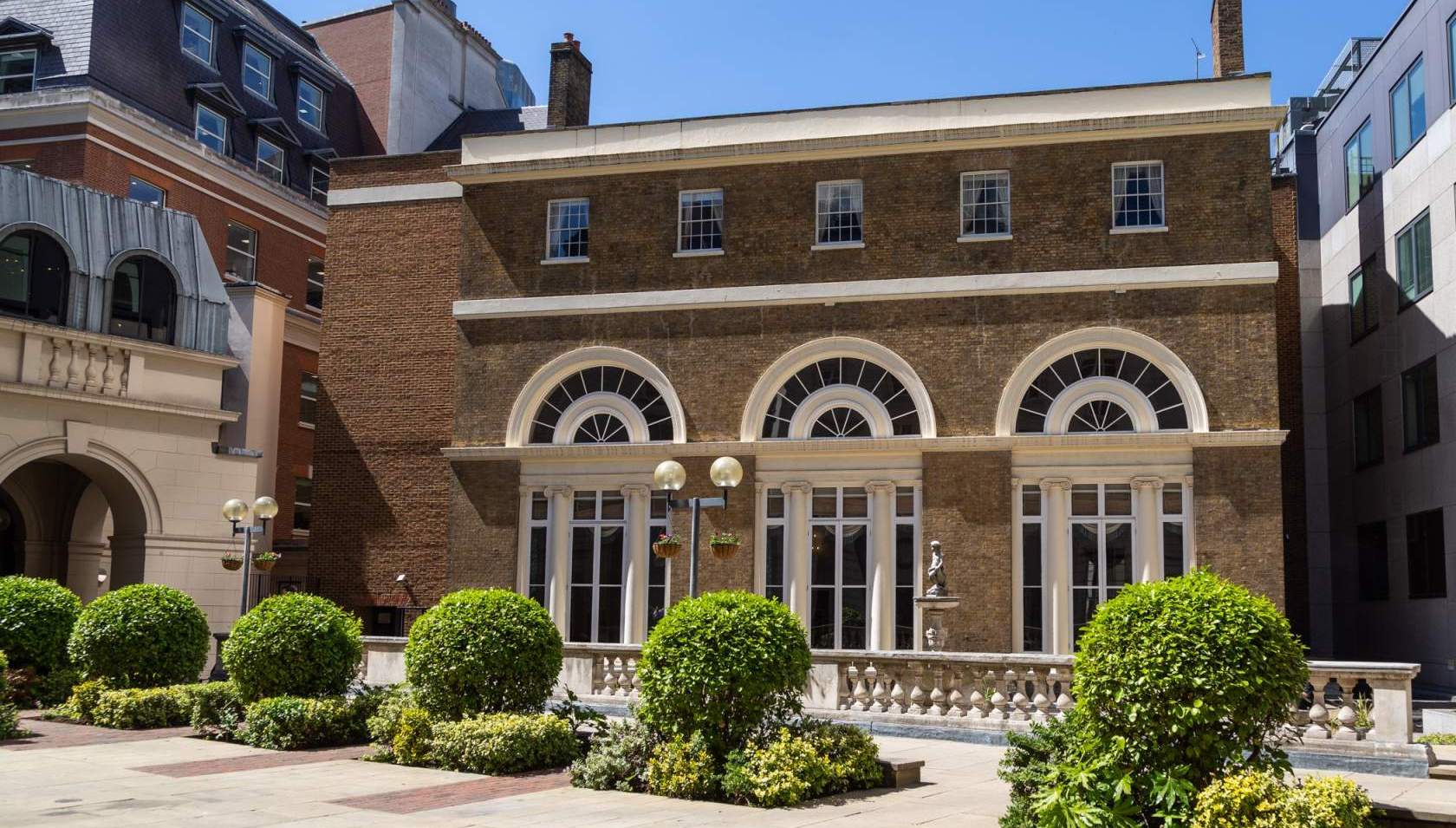
Unlike most City buildings, the City of London Club’s rear courtyard is accessible, forming part of Adam’s Court, onto which also back the former British Linen Bank and Oriental Bank offices. The interiors of the club were extensively renovated in the late 1970s but in a sympathetic manner that stuck close to the original arrangement.
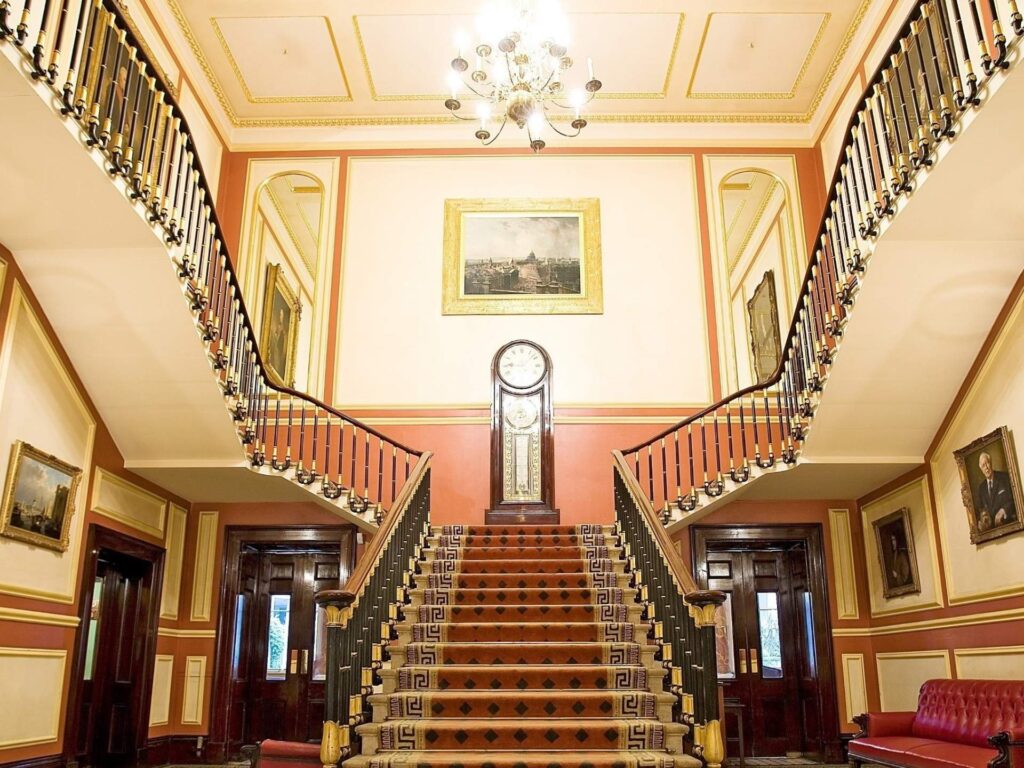
Contrary to many commercial buildings, the private club typology has tended to show considerable endurance, akin to churches, livery halls and other communal spaces. Yet, the beautiful late Regency premises of the City of London Club came very close to destruction, during the 1970s. When the National Westminster Bank decided to build a major complex (including the NatWest tower) occupying a large area between Bishopsgate and Old Broad Street, the intention was to include the fine club premises in the swathe of destruction. According to one source, planning permission had been granted and only following a preservation campaign (spearheaded by Simon Jenkins) spot listing was applied. The original agreement, whereby NatWest would pay for new club quarters was amended to the full refurbishment of the now-safe building.
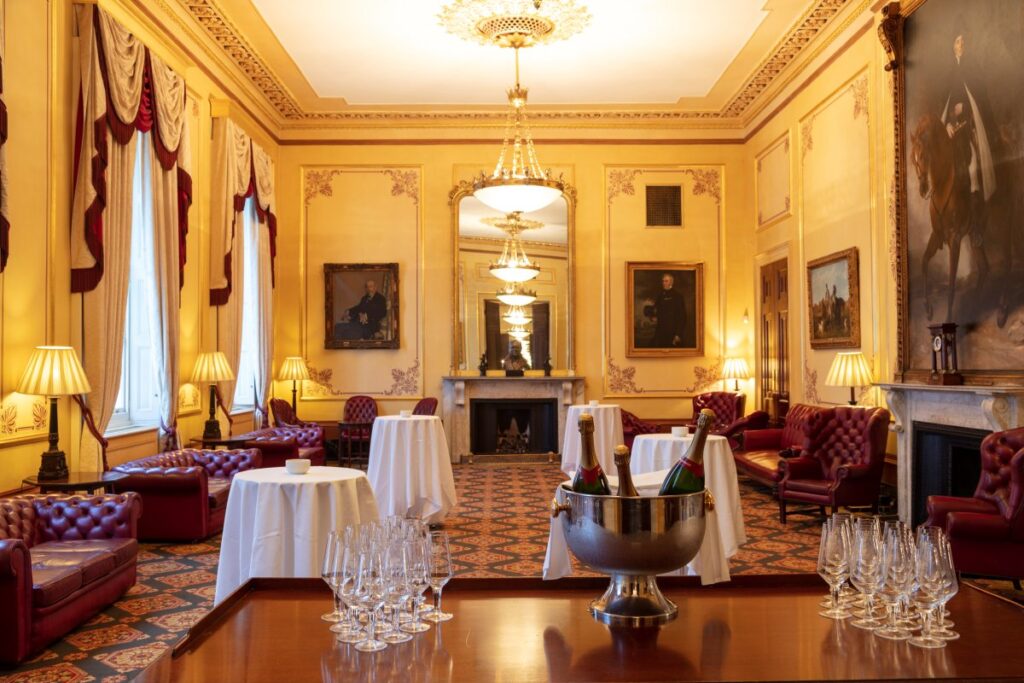
The City of London Club was founded in the 1830s, a period that saw a boom in private members clubs. Its intent was to gather together (mostly) heads of City firms and other ‘principals’. Although its former members include some notables like the Duke of Wellington and Sir Robert Peel, most its membership has historically consisted of City professionals, counting names like Rothschild, Montefiore, etc. The building was designed by Philip Hardwick, who was a prominent architect in the City. It stands just north of the old South Seas House and south-west of the Excise Office and indeed on land formerly owned by the latter.

